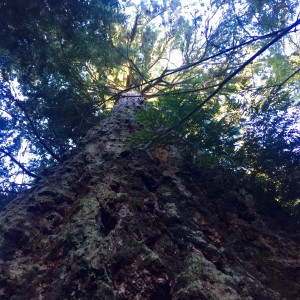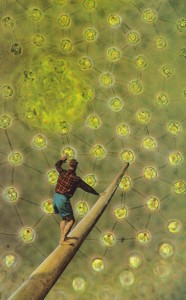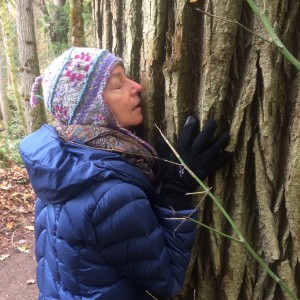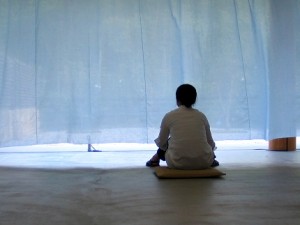 In our Sunday Introduction to Meditation Class at Yoga Bliss we practiced mindfulness of breathing and physical sensations in both sitting and walking meditation. We drew on guidance offered by author and meditation teacher, Michael Stone. In a recent “dharma talk” or lecture he reminded aspiring meditators of the following:
In our Sunday Introduction to Meditation Class at Yoga Bliss we practiced mindfulness of breathing and physical sensations in both sitting and walking meditation. We drew on guidance offered by author and meditation teacher, Michael Stone. In a recent “dharma talk” or lecture he reminded aspiring meditators of the following:
As the breath gets quieter . . . the mind gets quieter; as the mind quiets the breath quiets . . .
He observed that when our minds get caught up in thinking or “story-making” our breath often becomes more labored. One of our group members described her very stressful life and the difficulty she has breathing. She often falls asleep in the final relaxation period in yoga class. The breath is like a mirror or reflection for our state of mind. We discussed ways that we can adapt our approach to mindfulness to support our current state of being. In very stressful times – it may be most beneficial to relax and do some belly breathing. While it may be really challenging to stop one’s busyness – a short afternoon nap might be what you really need.









